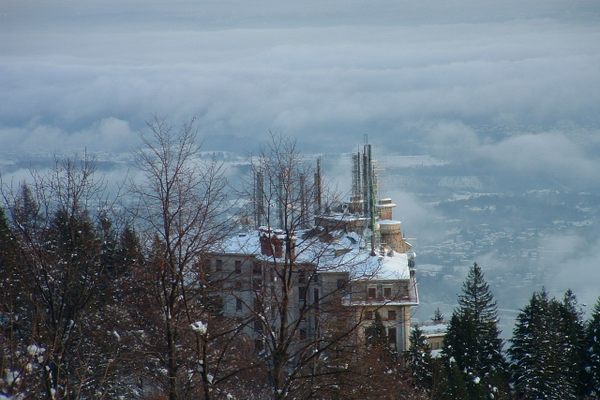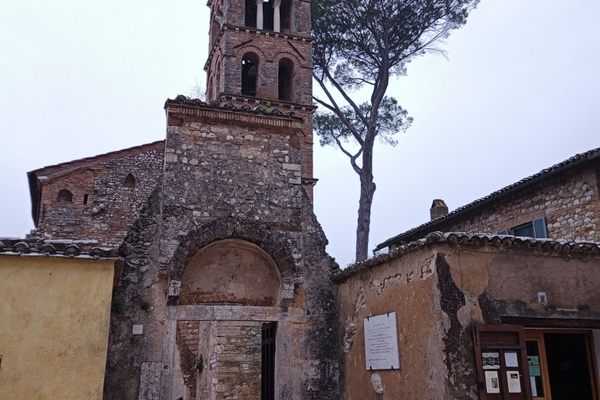AO Edited
Faceless Nuns of the Torba Monastery
An unsettling painting of three faceless sisters that is surrounded by history and legend.
The Faceless Nuns of the Torba Monastery don’t have mouths, but they still have a tale to tell.
Originally built by 5th century Romans as a strategic stronghold to prevent barbarian invasions, the main building of the Torba Monastery was repurposed for various military uses a number of times over the centuries until it finally landed in the care of a group of Benedictine Nuns during the 8th century. Having lost much of its martial value, the old fort was expanded by the sisters with a new church and monastery, completely transforming the military building into a religious complex. As was the custom of the time, the refurbishing included the painting of a number of murals and frescos on the interior walls of the building.
The site remained in use as a monastery for centuries until the surrounding area’s agricultural focus slowly turned the complex into a strictly agrarian structure. As farmers slowly replaced the sisters, the Torba Monastery was given over completely to the business of farming in the late 1700s. Once the religious tenders had left the site, the new tenants plastered over most of the ancient paintings or let them simply rot. But some of the artwork survived.
While a number of fragments of the original paintings remain and have been preserved, the most impressive are the mysterious “faceless nuns.” The crumbling fresco shows a procession of eight vestals with eight saints above their heads protecting them. While this is not odd imagery for a monastery, in this peculiar case three of the virgins have a perfect white oval in place of the face. The most likely cause of this is simple erosion, but the perfect containment of the absence has led to a a great deal of speculation. The local tradition says that during the painting of the piece, three nuns left the monastery and never returned, and thus were not used as subjects for the work. Because of this, it is said that their souls wander the surrounding area without peace. In addition to the missing faces, the hands of the women seem to be posed in precise gestural expressions, which some believe may contain a secret meaning. Others say a grim, ethereal figure can be seen half-hidden behind the second nun in the line.
The legends surrounding the Torba Monastery and its faceless nuns give the ruins an eerie air, but visitors need not turn to faith to piece together the real story.


























Follow us on Twitter to get the latest on the world's hidden wonders.
Like us on Facebook to get the latest on the world's hidden wonders.
Follow us on Twitter Like us on Facebook